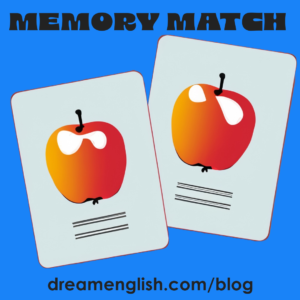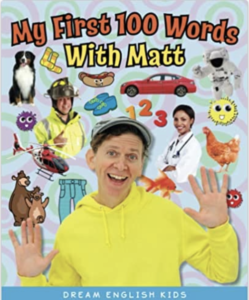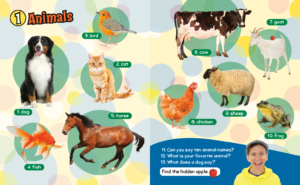Quick Game Facts:
- Name: Hot Potato
- Recommended Ages: 4-10
- Materials Needed: Flashcards, music player
- Prep Time: Minimal

Introduction:
Hello, enthusiastic educators! Are you ready to add a musical twist to your language lessons and have a blast while boosting vocabulary and sentence formation skills? Look no further than the exciting “Hot Potato” game! This engaging activity combines the thrill of passing a flashcard with the challenge of quick thinking and linguistic creativity. So, gather your students in a circle, turn up the music, and let’s play the energetic “Hot Potato” to enhance language proficiency!
Overview:
- Objective: Pass a flashcard around in a circle while playing music. When the music stops, the child holding the card must say the word or make a sentence using the word.
- Recommended Ages: 4-10
- Materials Needed: Flashcards, music player
- Prep Time: Minimal
Setting Up the Game:
Setting up “Hot Potato” is easy and sets the stage for an exciting language adventure! Prepare a set of flashcards with various words or phrases related to the topic you want to focus on. Ensure the flashcards are age-appropriate and aligned with the vocabulary level of your students. Prepare a playlist of energetic and lively music to play during the game. Try some of the Dream English free download songs or a song from Dream English on Spotify!
Playing Hot Potato:
Get ready to pass the linguistic hot potato and challenge your students’ language skills with the “Hot Potato” game! Here’s how it works: Gather your students in a circle and explain the rules. Start playing the music and have the students pass the flashcard from one person to another in a clockwise direction. Emphasize that they should pass the card quickly but without dropping it. When the music suddenly stops, the child holding the flashcard must quickly say the word on the card or create a sentence using the word. Encourage them to be creative and imaginative with their sentences. Provide support and feedback as needed. Then, resume the music and continue passing the flashcard until all students have had a turn.
Making It Educational:
While enjoying the lively game, let’s maximize the educational value of “Hot Potato”! After each student’s turn, take a moment to discuss the word or sentence created. Encourage the students to explain their choices and offer feedback on the correctness and fluency of their language use. Use the opportunity to reinforce vocabulary and grammar concepts related to the flashcards being used. Provide additional examples or challenges to expand their language skills and promote active participation.
Tips and Variations:
- Adjust the difficulty level of the game by selecting flashcards based on the age and language proficiency of the students.
- Incorporate different language skills by using flashcards with pictures and asking students to describe or make sentences about the image.
- Create themed sets of flashcards based on specific topics or vocabulary areas, reinforcing content knowledge while playing the game.
- Collaborative option: Allow students to work together in pairs or small groups. When the music stops, the pair/group must discuss and create a sentence together using the flashcard word.
Benefits of Hot Potato:
“Hot Potato” offers a range of benefits for young language learners. It enhances vocabulary retention and recall, promotes quick thinking and spontaneous language use, improves sentence formation and grammar skills, fosters creativity and imagination, and provides an enjoyable way to engage with language. The game energizes the classroom and empowers students to become confident and fluent communicators.
Conclusion:
Dear language enthusiasts, “Hot Potato” is an energetic and interactive game that challenges students to think quickly and creatively while using their language skills. As they pass the linguistic hot potato and respond to flashcard prompts, their vocabulary and sentence formation abilities will flourish. So, gather your flashcards, turn up the music, and let’s play the thrilling “Hot Potato” to enhance language proficiency together! Stay tuned for more inspiring game ideas in our upcoming blog posts. Happy playing and learning!


